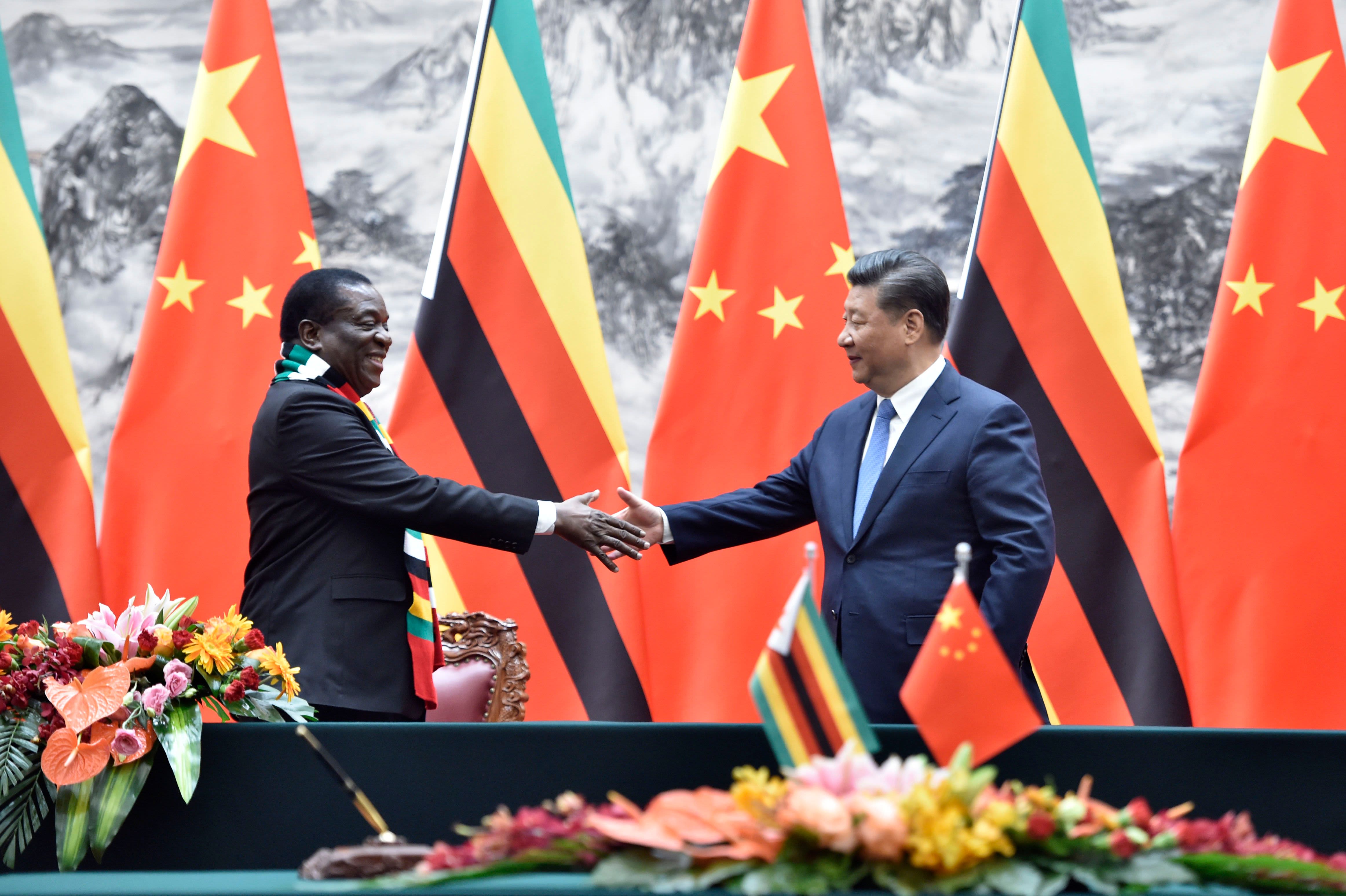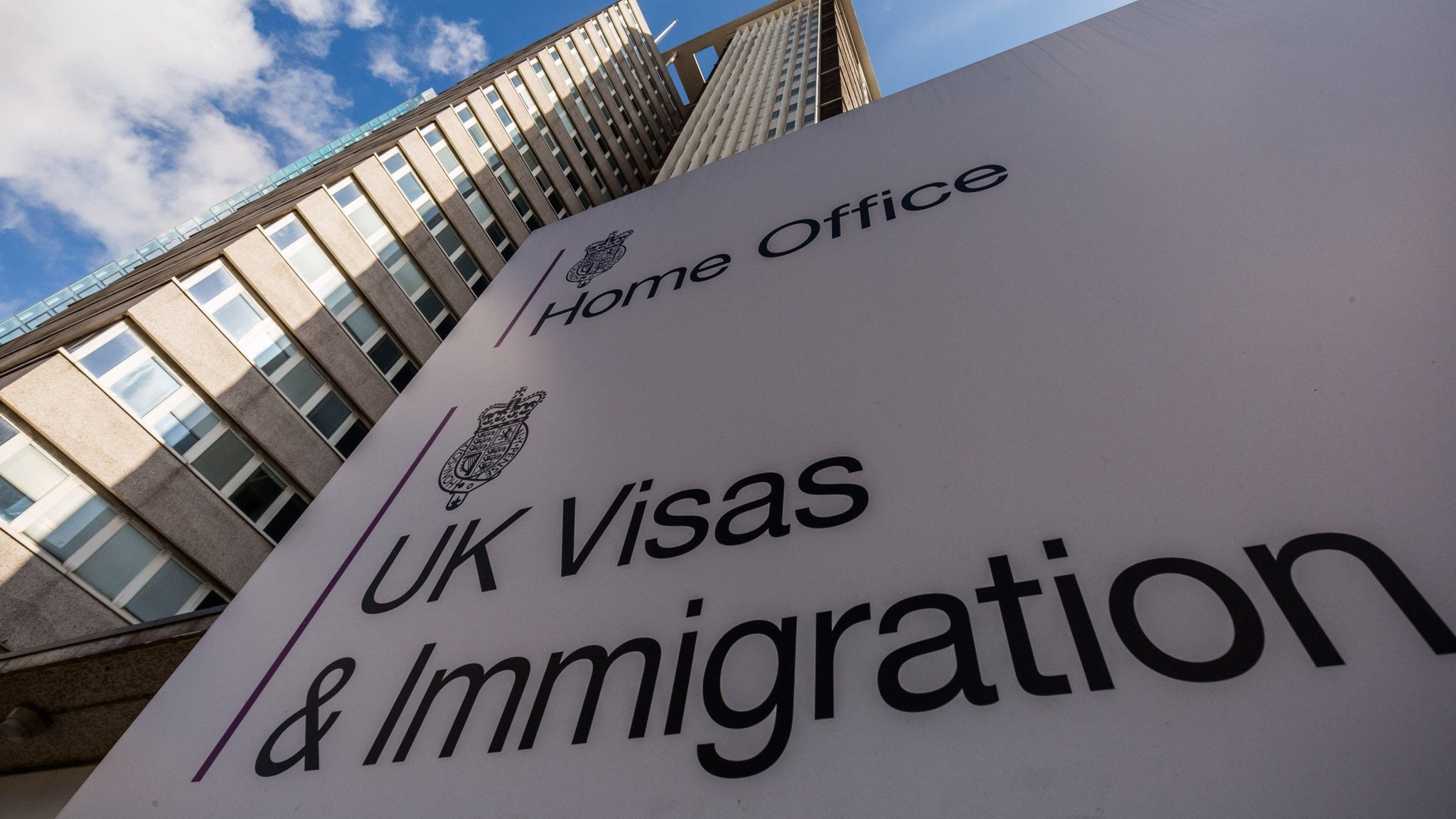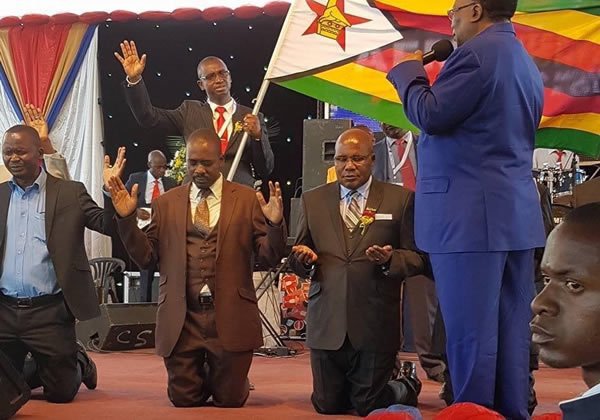by Alex T. Magaisa
I have been asked to provide an opinion on the constitutional position regarding the removal of the Vice President. What should be a simple and straight-forward issue is actually mired in some complexity, which requires a resolution.
Two Contrasting Methods
As this opinion demonstrates, by some errors of omission, the Constitution provides for two contrasting methods of removing the Vice President from office – one, under s. 97 of the Constitution, which is more onerous and another, under s. 14(2) of the Sixth Schedule of the Constitution, which is simpler and less onerous. I shall explain each, in turn and explain how the conflict is resolved.
Section 97 Method
The first method of removing the Vice President is contained in s. 97. This provision deals with the removal from office of the President or Vice President. There are four grounds that are mentioned in s. 97, upon which the removal of the Vice President can be based. These are:
• Serious misconduct
• Failure to obey, uphold or defend the Constitution
• Wilful violation of the Constitution
• Inability to perform the function of the office because of physical or mental incapacity.
The procedure for removing the Vice President on these grounds is that an investigation will be launched if at least half of the total membership of the National Assembly and Senate, sitting jointly pass a resolution that the Vice President should be investigated on any of these grounds.
This investigation must be carried out by a nine-member joint committee that is drawn from both Houses and chosen by the Committee of Standing Orders and Rules of Parliament (the Joint Committee).
This joint committee must reflect the political composition of Parliament, meaning all parties in parliament must be represented, presumably on a pro rata basis. If the joint committee makes a recommendation for removal, the matter will be placed before a joint sitting of the National Assembly and the Senate, who must pass a resolution for removal supported by at least a two-thirds majority of the total membership.
The net effect is that this is an onerous procedure, particularly the requirement of the joint resolution which demands a two-thirds majority vote.
As someone who participated in the constitution-making exercise, I am aware that this onerous procedure is based on the constitutional framework in which the Vice Presidents are elected together with the President under s. 92. This is the so-called “running mates” method of electing the President and Vice Presidents, where the presidential candidate is required to nominate two running mates, who will subsequently become his or her Vice Presidents in the event of success. Since they are all popularly elected, provisions for their removal are the same.
The problem is that s. 92, which provides for election by the running mates system was suspended for ten years in terms of s. 14(1) of the Sixth Schedule of the Constitution. I will side-step the political question of why it was suspended but I should state that in my opinion, its suspension was part of the succession machinations that were already taking place then. The running mates system would have forced President Mugabe to choose his two running mates and in that way, long before July 31, the succession issue would have been settled. Suspending the running mates system was Zanu PF’s way of postponing the succession issue to a later stage. But let me go back to the legal analysis.
The problem is while s. 92, providing for the running mates method was suspend, s. 97 providing for the removal of Vice Presidents, was not. So technically, s. 97 stands as one method by which the Vice President can be removed. It is a hard and onerous method. But let us now look at the other method.
Sixth Schedule Method
Section 14(1) of the Sixth Schedule provides that within a period of 10 years of the new Constitution, the running-mates method of electing the President the Vice Presidents is not operational. This is why presidential candidates in the July 31 election last year did not have to nominate running mates.
Instead, s. 14(2) of the Sixth Schedule provides that the person who is elected as President, “must appoint not more than two Vice Presidents, who hold office at his or her pleasure”. It was in accordance with this provision that President Mugabe appointed Joice Mujuru as Vice President of the country after the July 31 election.
What is crucial in this provision is that it deals with more than just the appointment of a Vice President. It also deals with the aspect of removal. The salient detail is in the following words, which I must quote again, “who hold office at his or her pleasure” (added emphasis). These words suggest a power to dismiss the person from office whenever the appointing authority wishes to do so. If you hold office at the pleasure of another person, it means that person can dismiss you from that position, if he or so wishes to do so and no longer wants you in that position. In other words, there is no clear and set limit to the time that the person occupies that particular office.
Under this interpretation, it means that the President can dismiss the Vice President if he no longer has confidence in him or her. In other words, in this case, VP Mujuru holds office at President Mugabe’s pleasure.
Resolving the Conflict
The overall effect of all this is that there are, at present, two methods of removing the Vice President, one that is onerous (s. 97) and another that is very simple (s. 14(2) of the Sixth Schedule).
The problem is that while s. 92 which suspends the running-mates method of electing the President and his deputies is specifically suspended for 10 years, s. 97 which deals with the removal of the President and the Vice President is not specifically suspended. It seems to me that the onerous character of the removal procedure under s. 97 was based on the notion that the Vice President was an elected person under s. 92. Therefore, since s. 92 was suspended for 10 years, then so should have been s. 97 in respect of Vice President. I believe the failure to suspend the operation of s. 97 in respect of Vice President was a drafting omission.
Nevertheless, the fact is we have two contrasting methods of dealing with the removal of the Vice President, the onerous method under s. 97 and the less onerous one under s. 14(2) of the Sixth Schedule. The question is: Which of these two prevails? Normally, where there is a conflict between a substantive provision of the Constitution, such as s. 97 and a provision in a schedule, then the substantive provision should prevail. However, the matter is easily resolved in the current situation.
This is because of s. 2 of the Sixth Schedule which provides as follows: “This Schedule prevails, to the extent of any inconsistency, over all other provisions of this Constitution”. The effect of this clause is to elevate the provisions of the Sixth Schedule above all other clauses of the Constitution. This means since there is an inconsistency between s. 97 of the Constitution and s. 14(2) of the Sixth Schedule, it is the latter that prevails in this situation. In other words, between the onerous method of removal under s. 97 and the less onerous provision of removal under s. 14(2) of the Sixth Schedule, it is the less onerous method that is applicable in the current circumstances.
Politically, the question is, since President Mugabe has this power, why has he failed, refused, or neglected to use it to dismiss VP Mujuru, who allegedly plotted to assassinate him? Why has he resorted instead, to using his spouse to batter and bash his Vice President so mercilessly, undermining and bringing disrepute to the highest office in the process, when he has the power to dismiss her and put her out of her misery, if he really thinks she is no longer fit and proper, as alleged by his wife, to carry on as Vice President? The answer probably lies in the existence or absence of political courage.
Or that Mugabe wants to manage events in his favour, wants Mujuru to fall on her own sword thereby coming out with clean hands, as if he did not effectively fire her. He wants to say it was the decision of the people and that he did not fire her. Yet it is plain that by failing, refusing or neglecting to back his VP in the face of an unprecedented assault, he has, by his conduct as good as stabbed her and is now twisting the dagger, causing a slow and painful political death. That hardly qualifies as good, firm and honest leadership – ruling by the human sword in the form of the wife, instead of deploying the law.
wamagaisa@yahoo.co.uk






